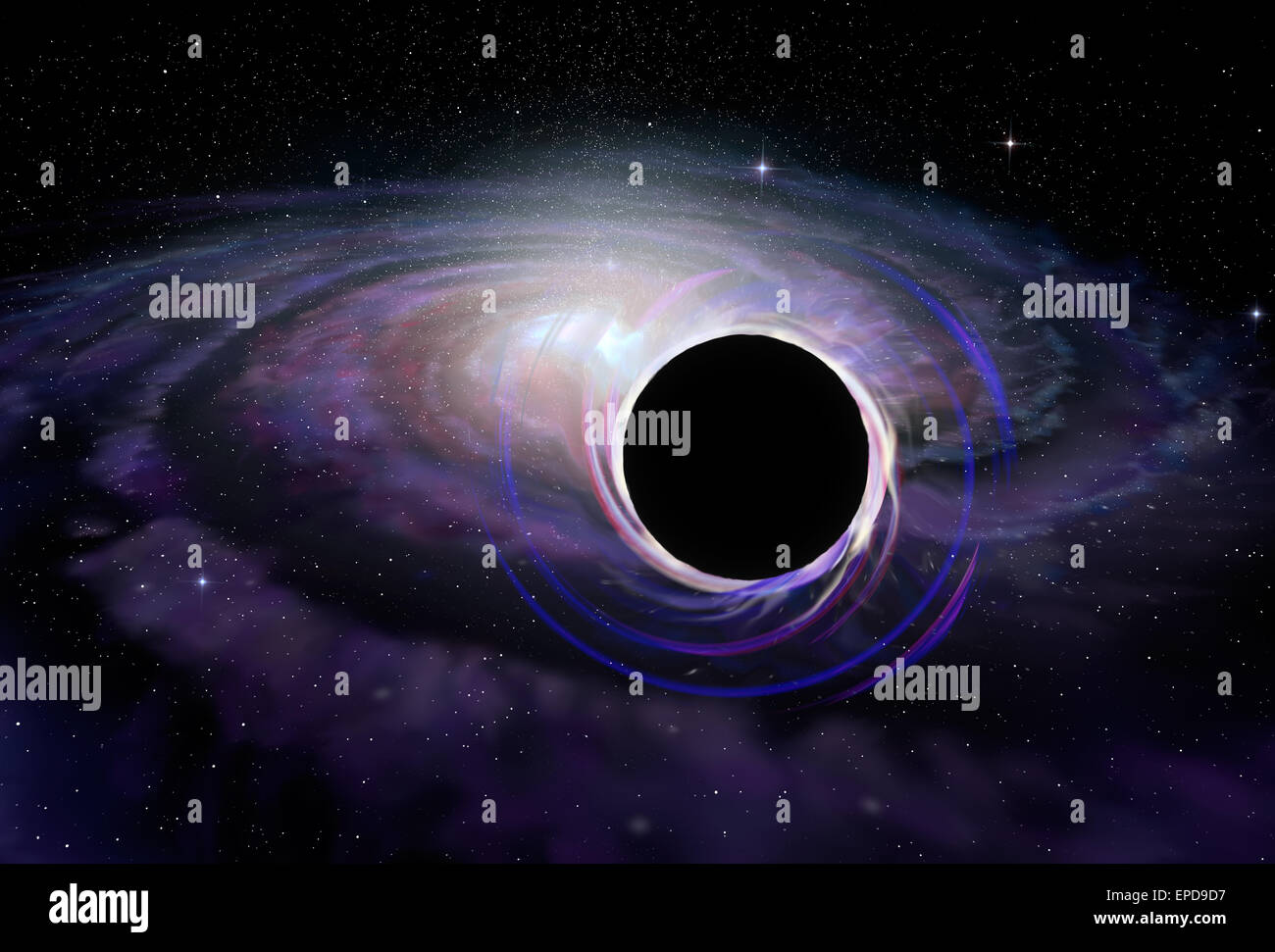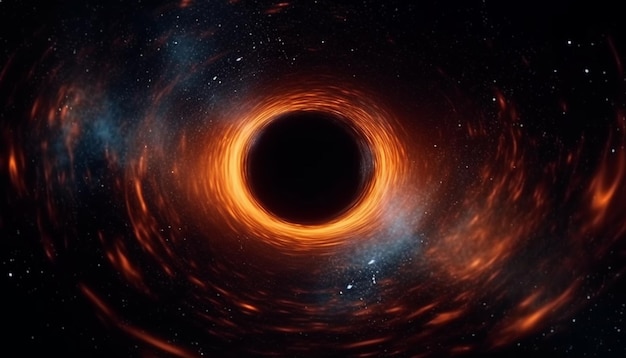Research into galaxies, stars, and black holes represents a profound exploration into the vastness
our universe, revealing the intricate dynamics and fundamental principles that govern celestial bodies on scales ranging from the smallest stars to the largest galaxies and the enigmatic black holes that reside within them.
Galaxies, sprawling collections of stars, gas, dust, and dark matter, have captivated astronomers for centuries. Modern research has elucidated their diverse forms, from spiral galaxies like our own Milky Way to elliptical galaxies, irregular galaxies, and even the mysterious ultra-diffuse galaxies. Through observations with telescopes across the electromagnetic spectrum, from radio waves to gamma rays, astronomers study the formation, evolution, and dynamics of galaxies, probing the mysteries of how these cosmic cities grow and change over billions of years.
Stars, the nuclear furnaces that illuminate the cosmos, are crucial to understanding the universe's evolution. Research delves into their life cycles, from birth in vast clouds of gas and dust to their deaths as supernovae or even as remnants like white dwarfs, neutron stars, or black holes. By studying stars across different stages of their lives, astronomers gain insights into stellar formation, the synthesis of elements crucial to life, and the interplay between stars and their environments, shaping galaxies and influencing the cosmic ecosystem.
Black holes, among the most enigmatic entities in the universe, challenge our understanding of gravity, space, and time. These cosmic anomalies exert gravitational forces so intense that not even light can escape their grasp, rendering them invisible except through their gravitational effects on nearby matter. Research on black holes spans a wide range of topics, including their formation from collapsed massive stars or through the mergers of smaller black holes, their growth through accretion of matter, and their role in shaping galaxy evolution through powerful jets and winds.
Advancements in observational techniques, such as the development of space telescopes like Hubble, Chandra, and the upcoming James Webb Space Telescope, have revolutionized our ability to study galaxies, stars, and black holes across the universe and throughout cosmic history. These instruments provide unprecedented views into the distant reaches of space, allowing astronomers to peer back in time to observe galaxies as they were billions of years ago, to detect the faintest stars in nearby galaxies, and to study the gravitational effects of black holes on their surroundings.
Theoretical research complements observations by developing models and simulations that elucidate the physical processes driving the formation and evolution of galaxies, stars, and black holes. Supercomputer simulations model the collapse of gas clouds into stars, the dynamics of galaxies as they interact and merge, and the complex interplay between black holes and their host galaxies. These simulations not only test our understanding of astrophysical phenomena but also predict observable outcomes that guide future observational campaigns.
Collaborations between astronomers, physicists, and computational scientists foster interdisciplinary approaches to tackle the multifaceted challenges posed by galaxies, stars, and black holes. From studying the cosmic microwave background radiation, the afterglow of the Big Bang, to probing the outskirts of the solar system, researchers push the boundaries of knowledge, uncovering new mysteries and confronting age-old questions about the nature of the universe and our place within it.
In conclusion, research into galaxies, stars, and black holes stands at the forefront of modern astrophysics, revealing the cosmic tapestry woven by gravity, radiation, and the fundamental forces of nature. Through observations, theoretical models, and computational simulations, astronomers continue to unravel the mysteries of celestial objects, shedding light on their origins, evolution, and interactions across cosmic scales. As technology advances and our understanding deepens, the study of galaxies, stars, and black holes promises to yield even greater insights into the nature of the universe and our place within it.




0 Comments